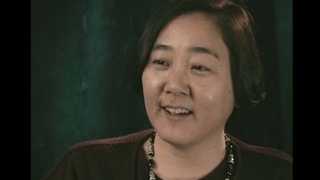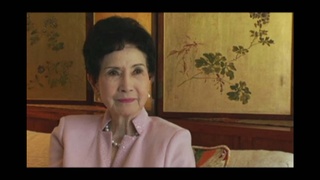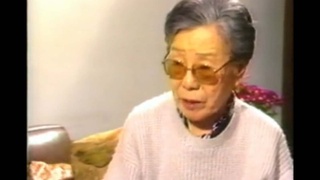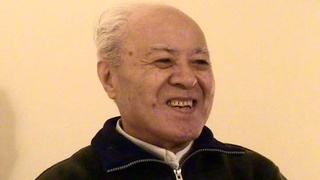Interviews
The various realities of Nikkei in Latin America (Spanish)
(Spanish) I think that the development of this thing called Nikkei has been somewhat distinct from country to country. I’m referring to Latin America in general. Through the Pan-American Association of Nikkei, I’ve had the opportunity to come into contact with various Nikkei realities, and yes, there are some common roots, however there are also certain differences. Perhaps the greatest difference I see comes from the number of Japanese that settled in a given place. In places where there are a lot of Japanese, there are obviously Japanese schools. There are Japanese clubs, Japanese churches, or Buddhist temples – whatever, I don’t know! By contrast, in countries like Chile, there was none of that. Therefore, in the development of countries where there were a lot of Japanese, maybe the customs, the culture lasted longer. Maybe it wasn’t growing, but it lasted longer in those places. In the case of Chile, in my case, I think we drifted quite a bit towards adapting to Chilean society, and as fast as possible in order to get by as best we could. So, for example, within this context you see that in religion, for example, in Chile there’s no…uh…the majority religion is Catholicism, and perhaps therefore all of us ended up embracing that religion. Something else, for example, is that since the nucleus of Japanese and Nikkei was so small, weddings, marriages to locals was much greater than in other places. Naturally, this led to, among other things, a very rapid loss of the language.
Date: October 7, 2005
Location: California, US
Interviewer: Ann Kaneko
Contributed by: Watase Media Arts Center, Japanese American National Museum
Explore More Videos

History of her family's immigration (Spanish)
(b. 1969) Former president of Centro Nikkei Argentino.

Nihongo gakko - Preserving Japanese culture (Spanish)
(b. 1969) Former president of Centro Nikkei Argentino.

Easier to be a foreigner in Japan (Spanish)
(b. 1969) Former president of Centro Nikkei Argentino.

Moving to and living in Japan
Japanese American Creative designer living in Japan

The reason to stay in Japan after his third year
Japanese American Creative designer living in Japan

The Kona Island community
(1923-2011) Lawyer, MIS veteran, founder of Francis and Sarah Sogi Foundation

The importance of Japanese American role models in childhood community
(b. 1955) Lawyer

Recognizing issues of dual identity in the nisei generation
(b. 1955) Lawyer

Heightened awareness of identity as a Japanese American
(b. 1955) Lawyer

Growing up with Japanese language and values
(1925 - 2018) Nisei educator from Hawai‘i

Reasons for immigrating to Brazil (Japanese)
Issei, Pioneer of women's education in Brazil


The importance of learning cultural diversity (Spanish)
Sansei Argentinean


Initial struggles with the language barrier (Japanese)
(b. 1917) Okinawan, Issei Argentinean
